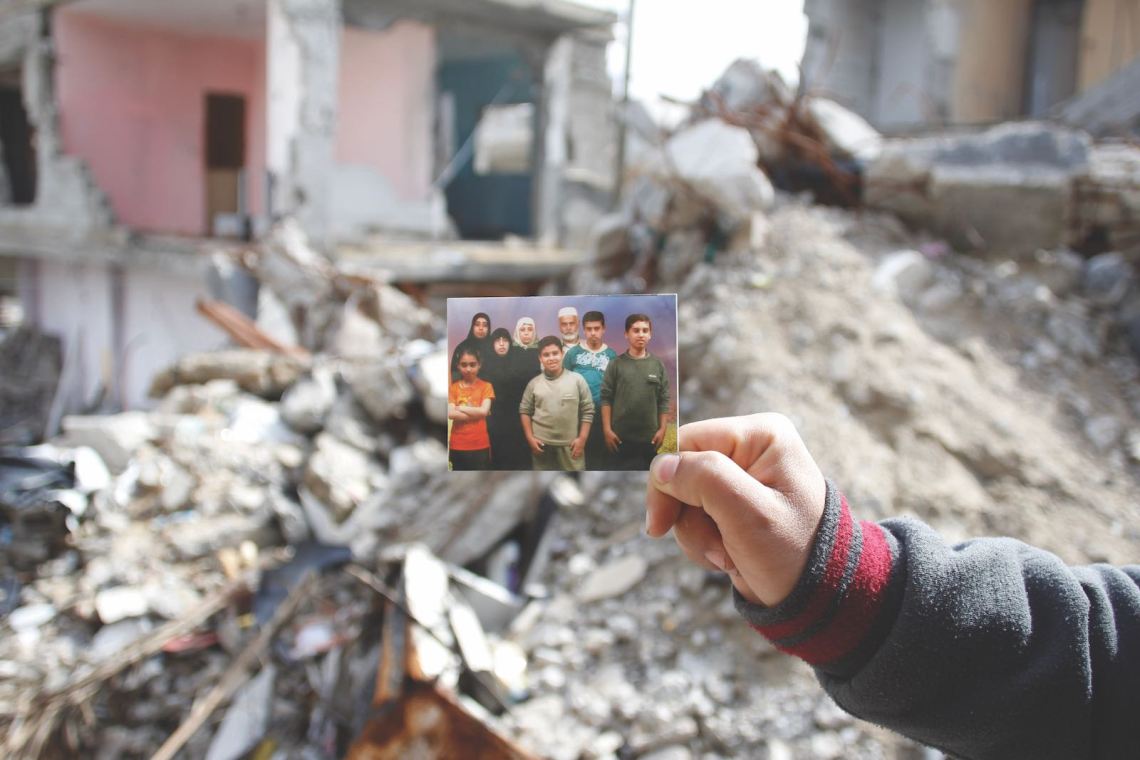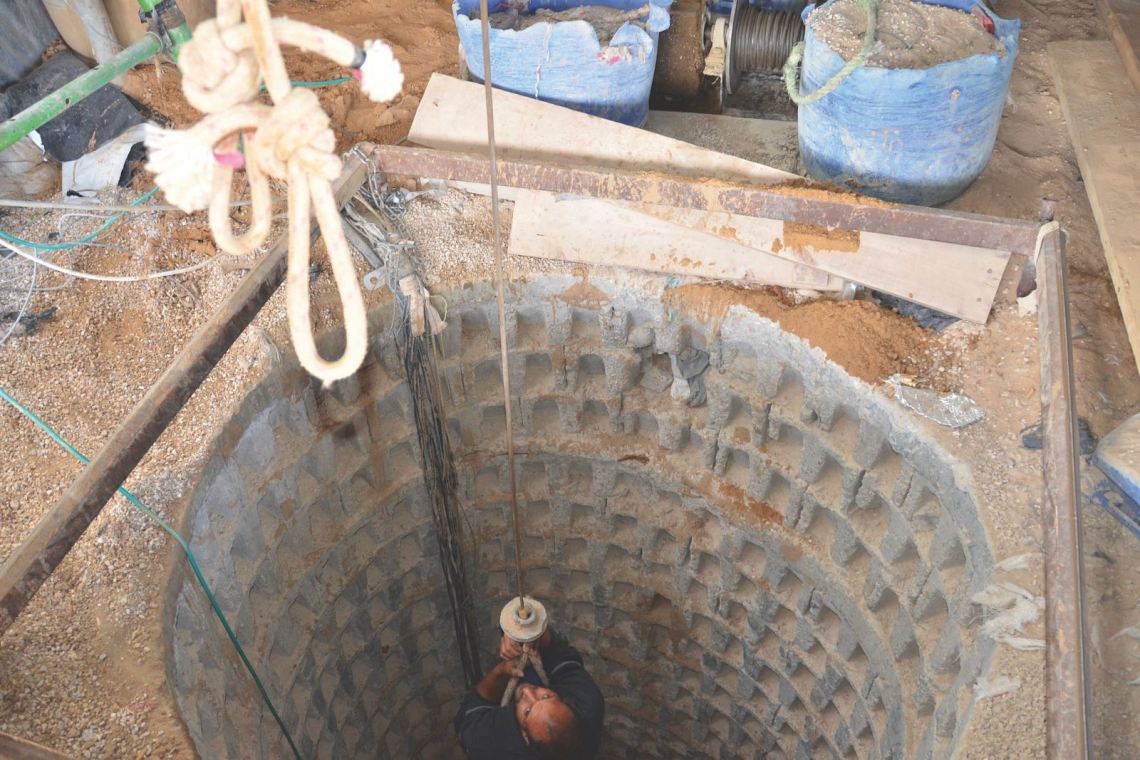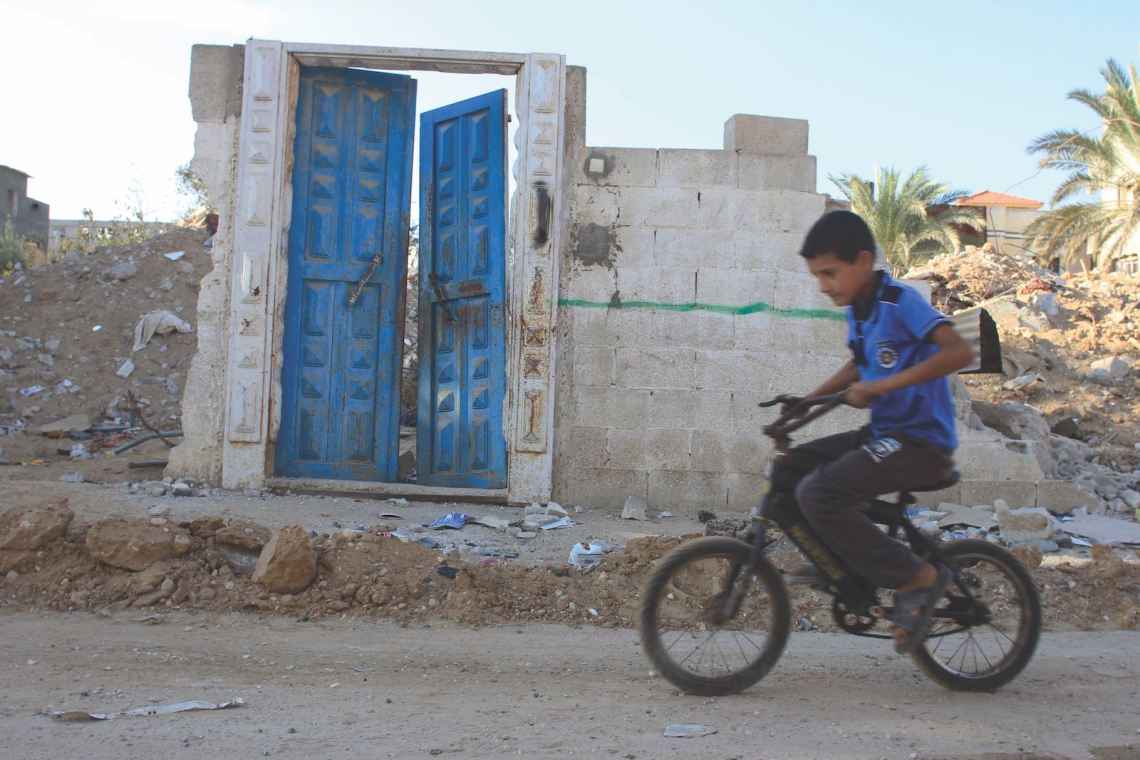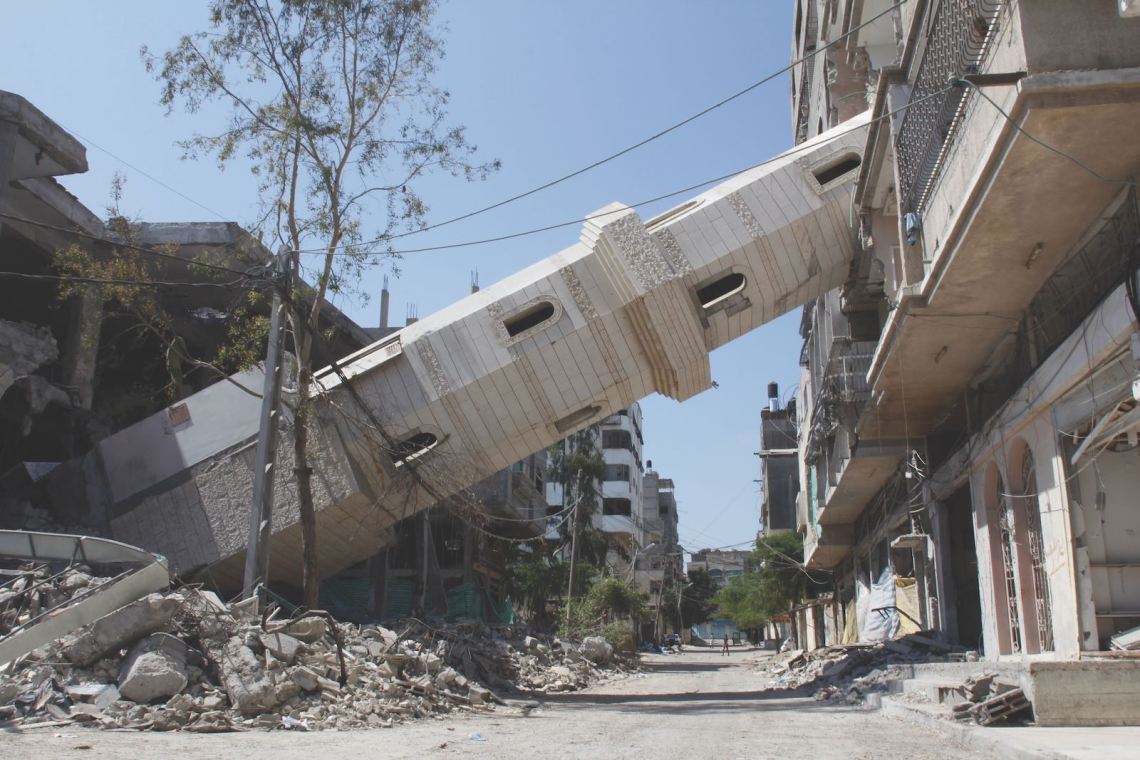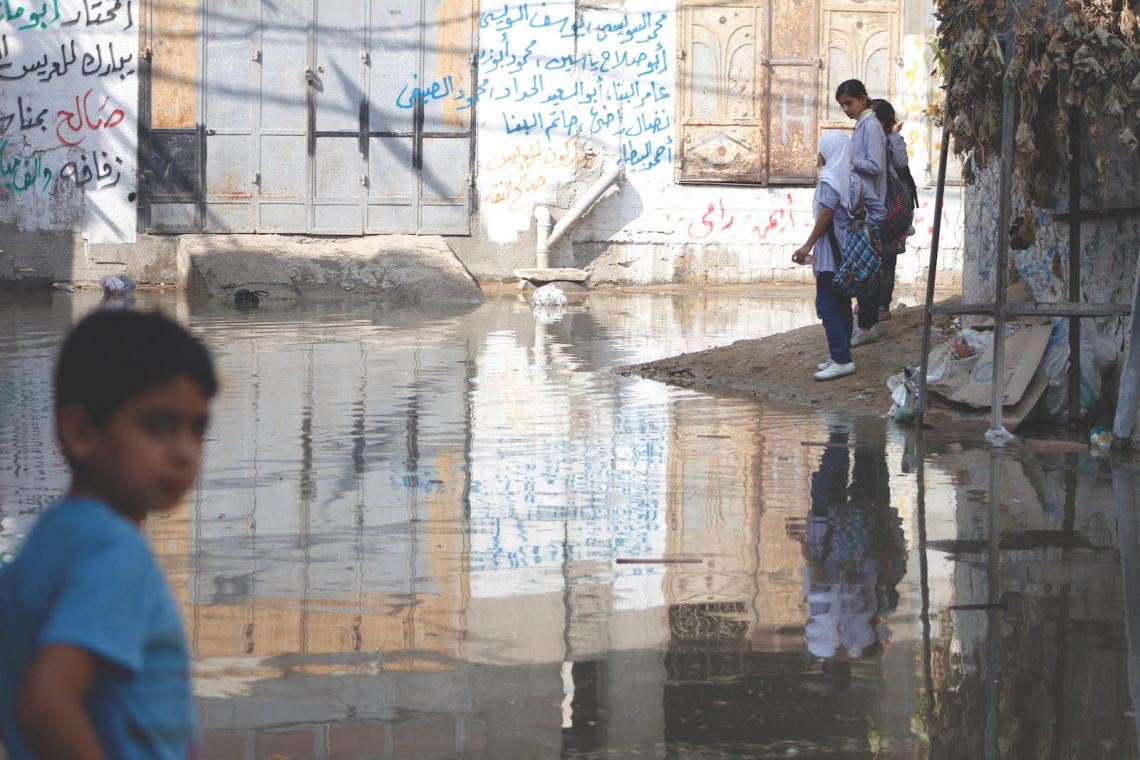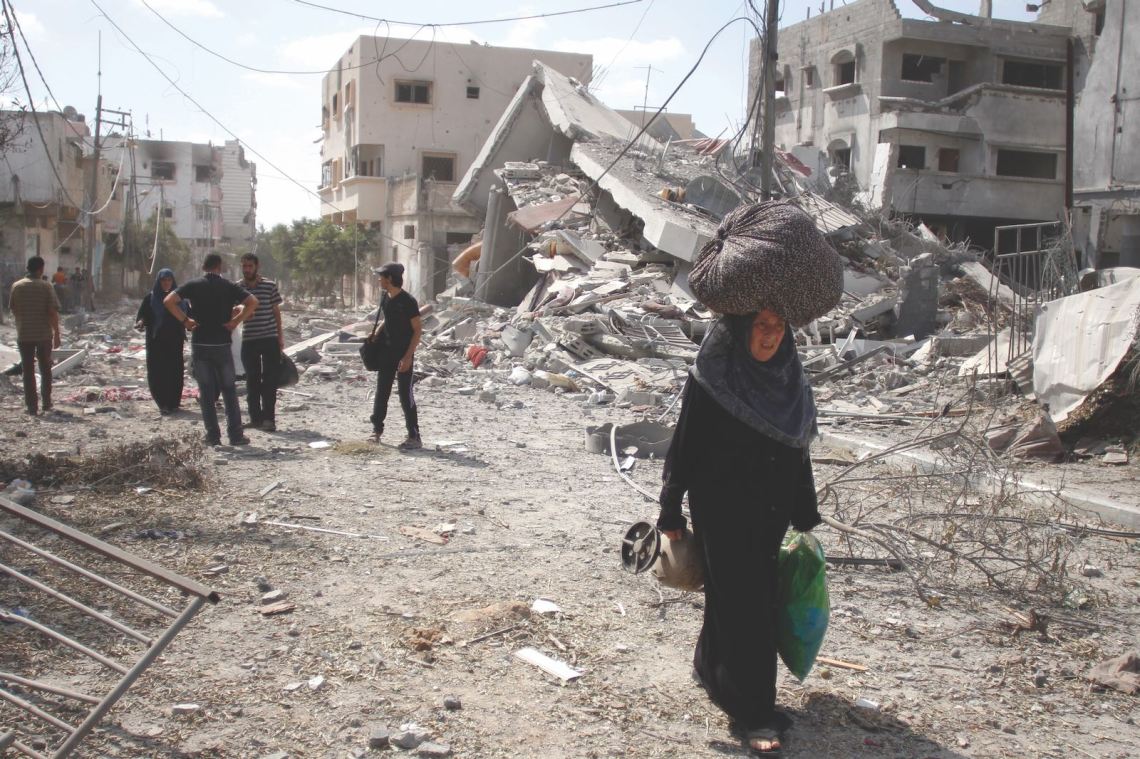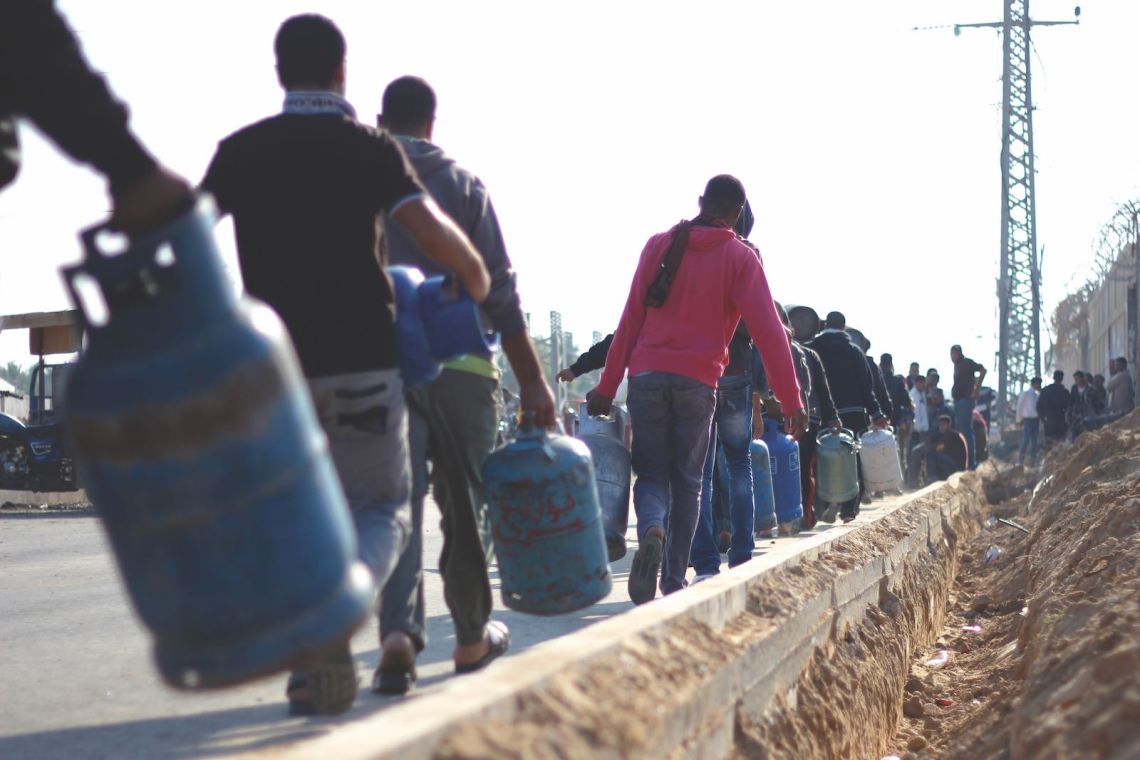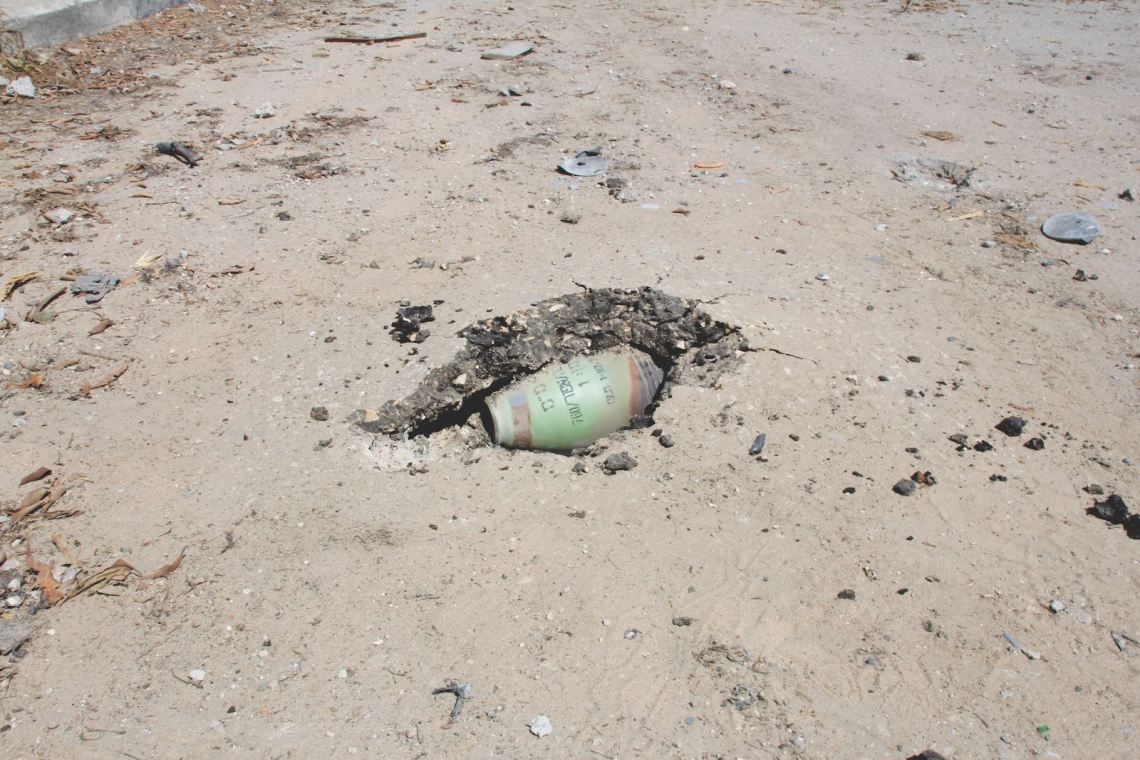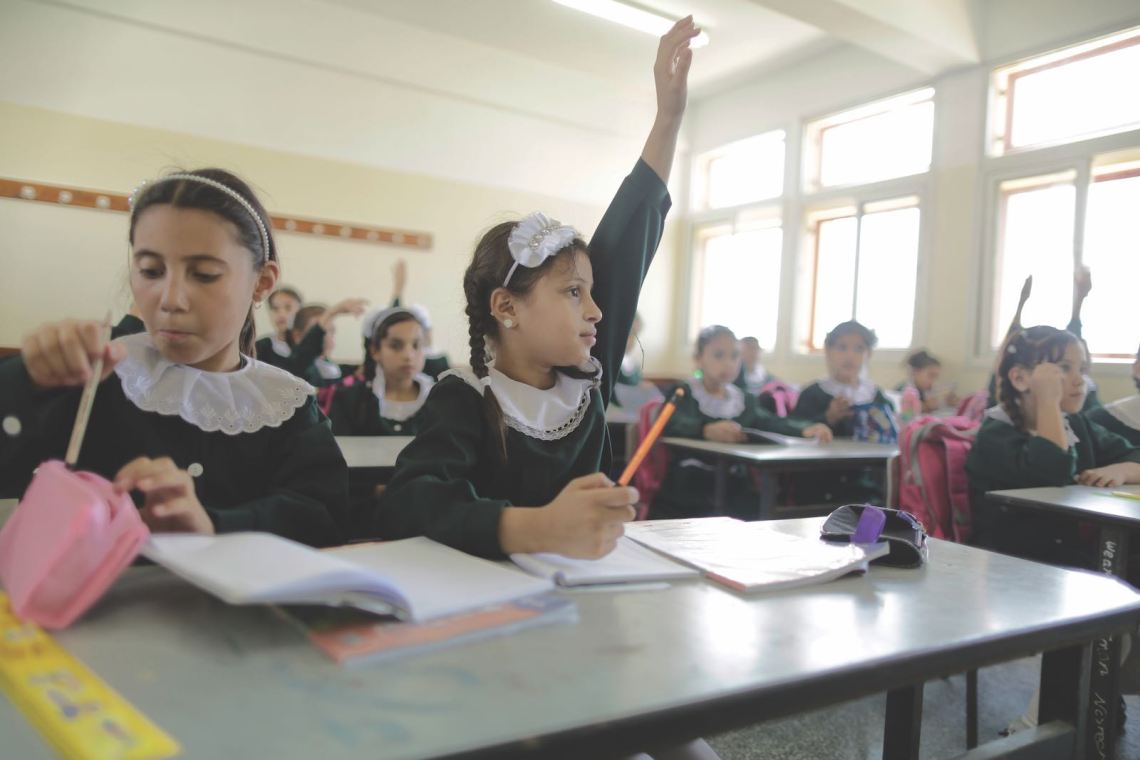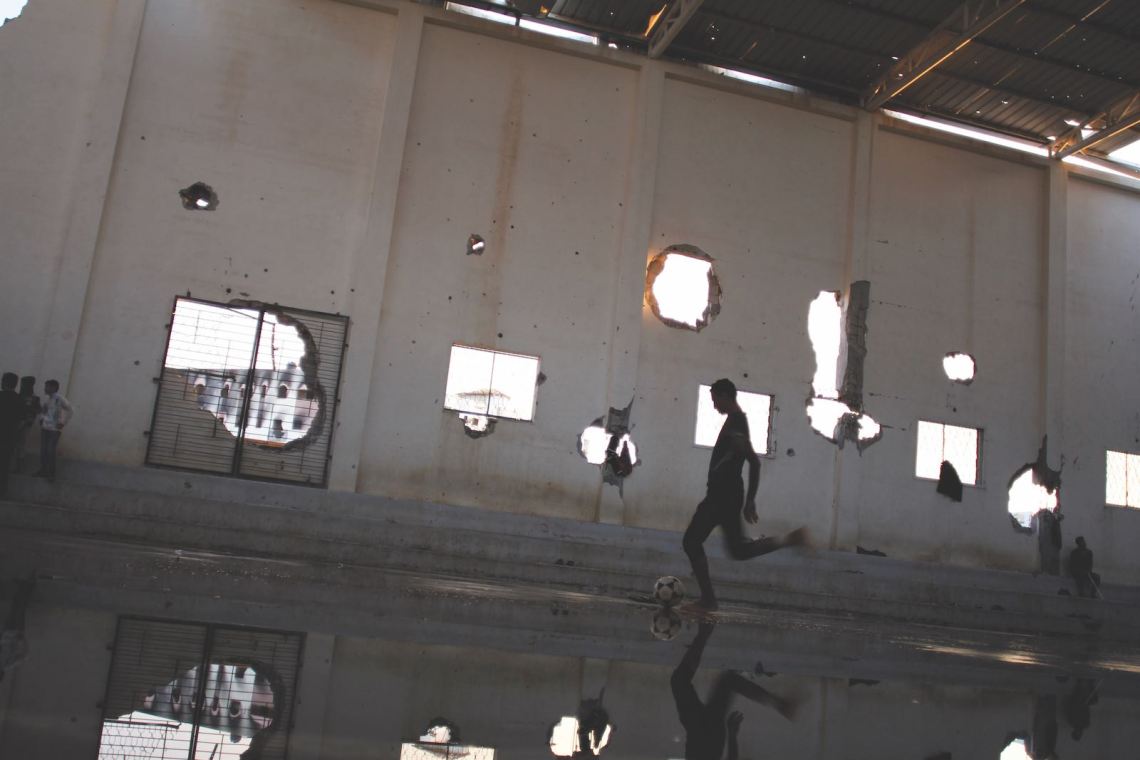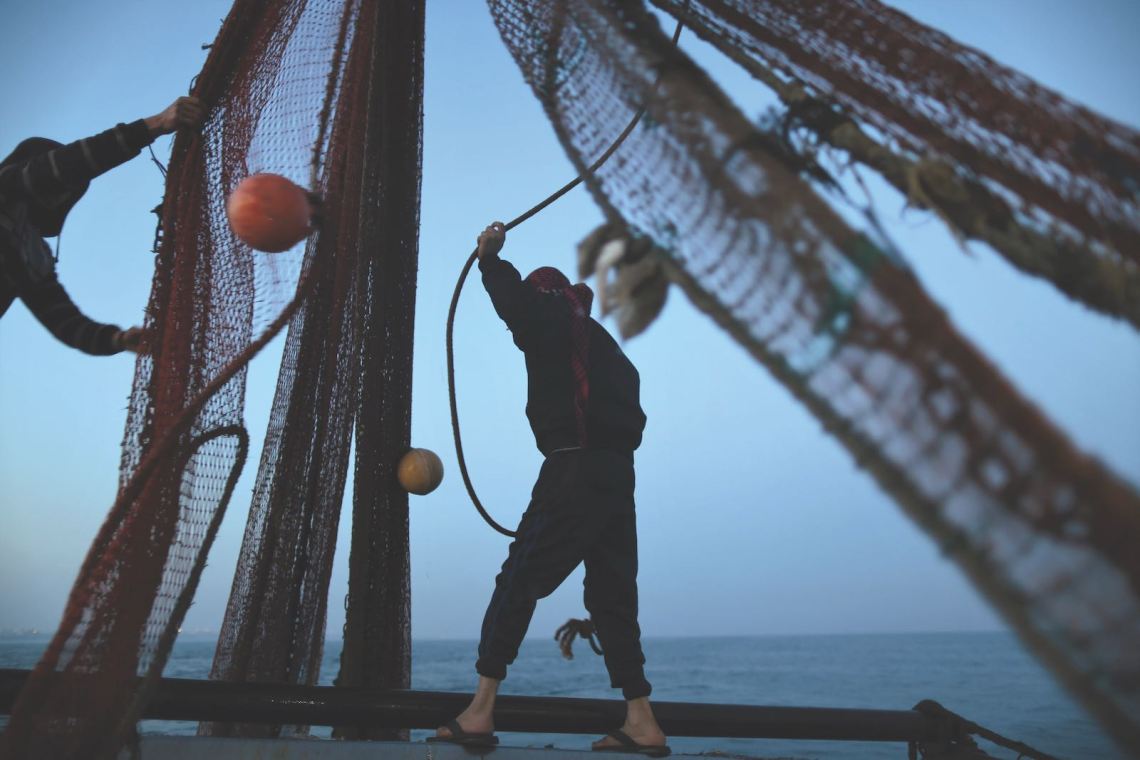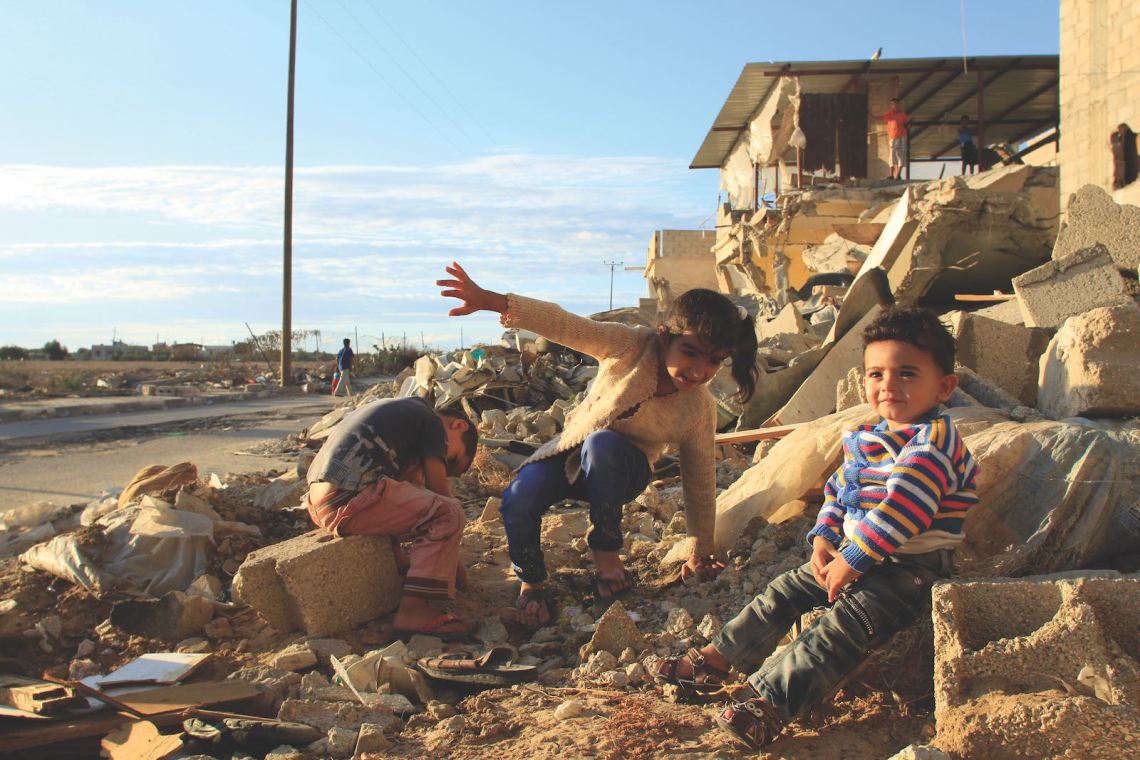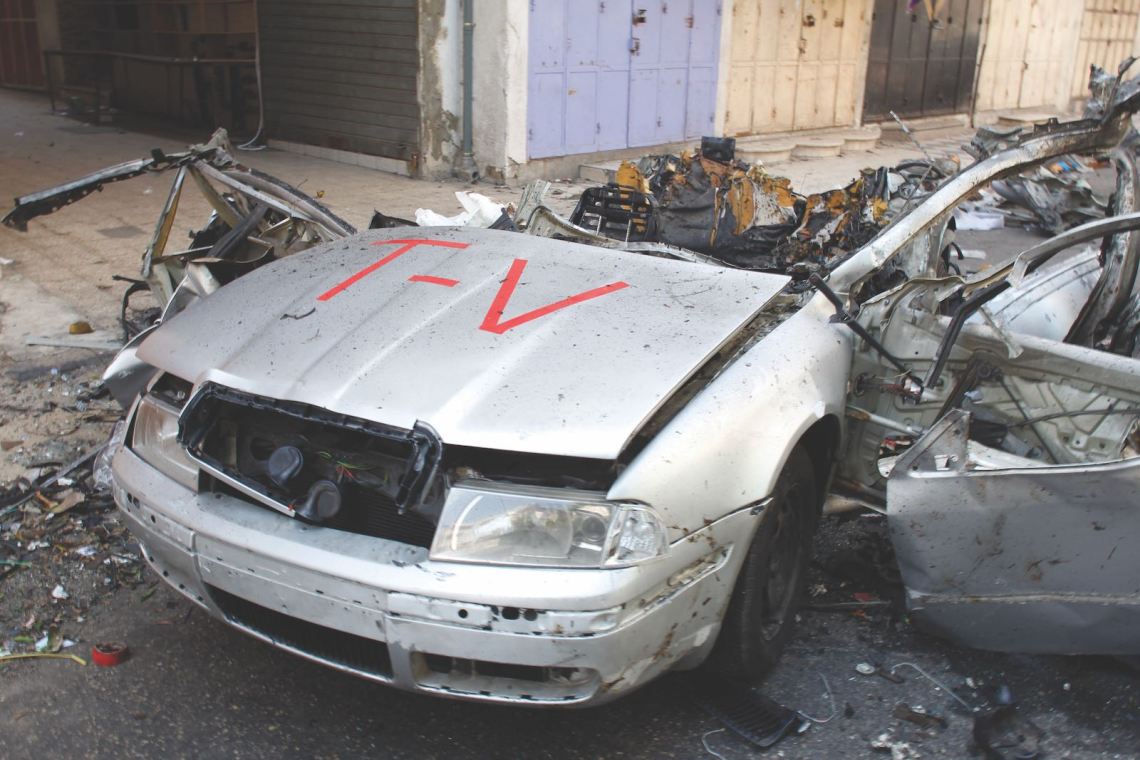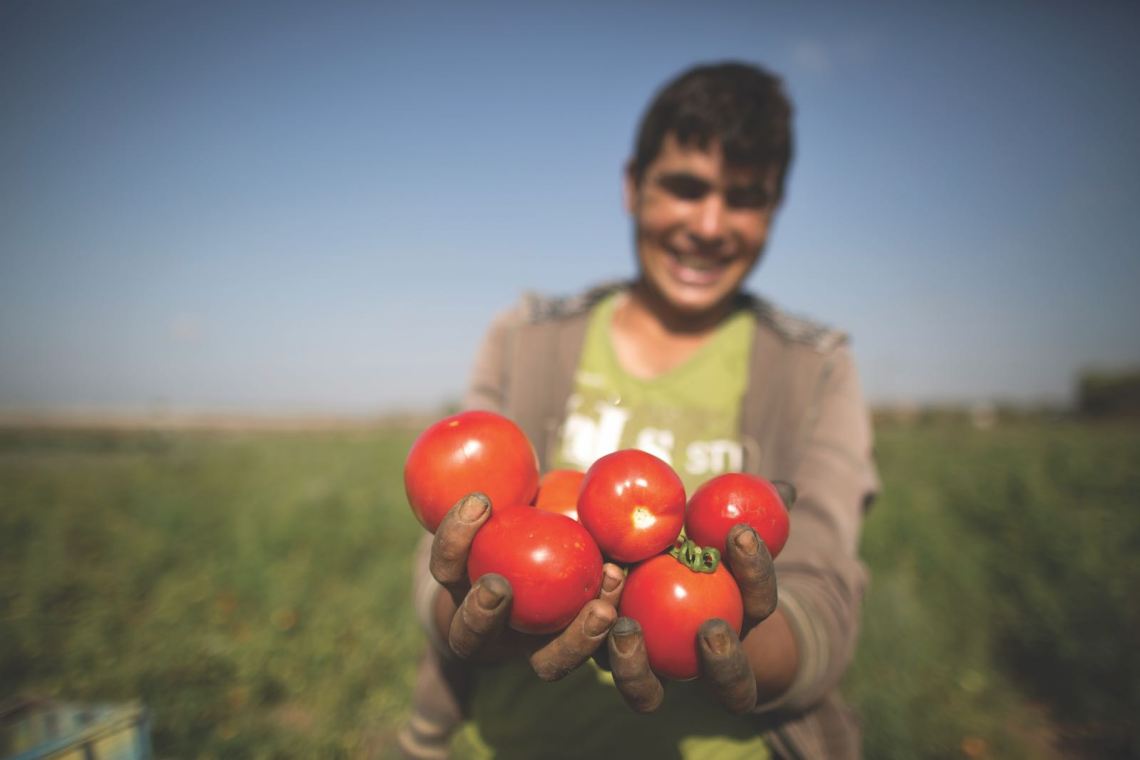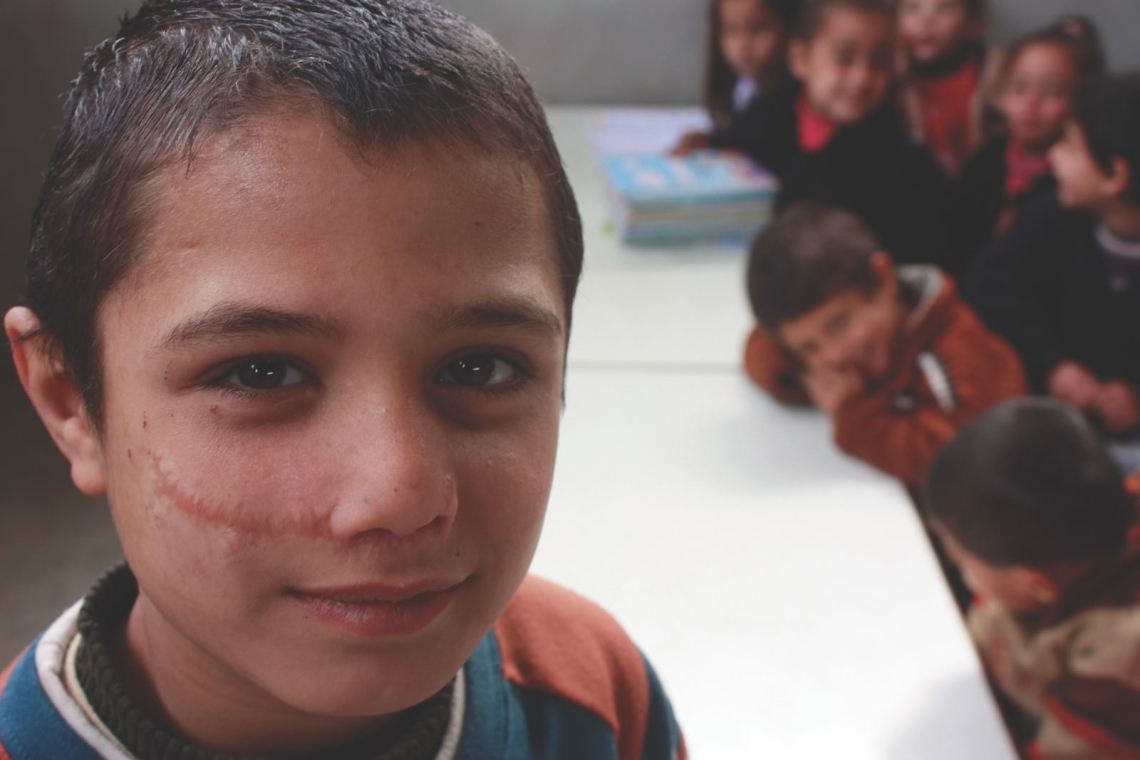My name is Jehad al-Saftawi. I am a photographer and journalist. For years, I clung to the idea of fleeing my country for the Western world. There is no free press in Gaza. Most of the news channels cater to political parties that use violence to silence opposition. I come from a place overflowing with weapons, where my father could easily buy a pistol and shoot it into the air while cruising the streets of our city. A place where, on any night, you could be awoken by a bomb exploding in your neighbor’s home, stored there by a member of their family who belonged to an armed faction.
Working as a journalist in Gaza is like walking barefoot in a field of thorns. You must always watch where you step. Each neighborhood comprises its own intimate social network, and traveling through them with a camera makes you a significant cause for suspicion. You’re caught between the two sides of the conflict: the rulers of Gaza limit what you can photograph and write about, imprisoning and torturing those who disobey; at the same time, the Israeli army sees you as a potential threat that must be eliminated, as has been the fate of many Palestinian journalists. Standing behind the camera, my hands shook as I documented the suffering.
I am the second son of five children. Our father, Imad al-Saftawi, grew up in an ultraconservative middle-class family that was heavily influenced by the Muslim Brotherhood. As an adult, he spent many years participating in armed struggles, both within and outside the framework of Palestinian armed organizations, which he believed to be justifiable resistance to the Israeli occupation. As a member of one of the leading armed factions in Gaza, Islamic Jihad, he killed innocent Israelis.
I condemn these actions, though many in Gaza consider my father a hero, one who carried out valiant operations for the sake of his country and religion. In the late 1990s, when I was a young child, our father’s day job was with the Ministry of Awqaf and Religious Affairs, which meant, in practical terms, he worked in the management of mosques. On top of his professional duties, he acted as the khateeb (orator) on Fridays in various mosques around the Gaza Strip, where he would lecture about religion. My mother was a housewife, overseeing our education and raising us according to our father’s methods and rules.
In 2000, when I was nine, our father was arrested by the Israeli army at the Rafah border crossing between the Gaza Strip and Egypt. He remained in prison for the next eighteen years. His influence over our family did not relent: from prison, he frequently telephoned our house and enforced religious and social strictures upon us, his children, threatening us in the event of noncompliance. Hadith (the Prophet’s quotes) lined our walls. Islamic books filled the shelves, along with animal statues my father had broken the heads off of in accordance with the Islamic rule prohibiting the portrayal and embodiment of spirits.
My siblings and I lived with my father’s family at the time, constantly feeling the weight of his reputation as a hero, and his community’s disapproval that we weren’t following his lead. Set free in December of 2018, Imad al-Saftawi has served as a brigadier general in Hamas’s Ministry of the Interior.
By then, however, I had succeeded in escaping. In 2016, when I was twenty-five, I managed to leave the Gaza Strip for New York, and, soon after, I began the process of seeking asylum in Berkeley, California. I’m now seven thousand miles away from him, from Gaza, and I walk as a free man.
The time I spent, and the conversations I had, with the subjects of my photographs are, for me, a lifetime burden and responsibility. Through my lens, and the events that I’ve witnessed, I have tried to show the human reality for people who were born into a situation with no option but to live it, people who have been all but abandoned and left to face alone the ramifications of others’ decisions and actions amid the intolerable deterioration of living conditions in Gaza. But I have tried also to show the glimpses of joy and hope as an alternative to the wretched paradigm of justice the political elite claims to be fighting for.

